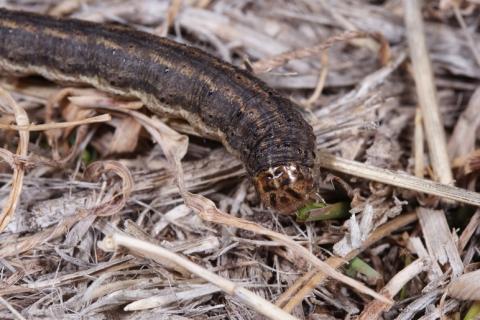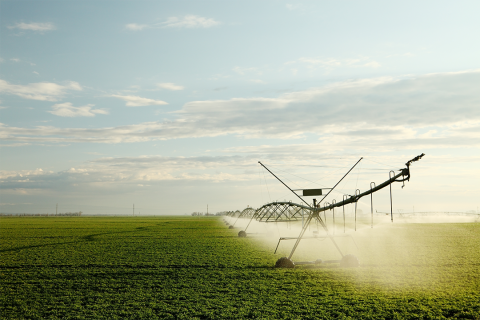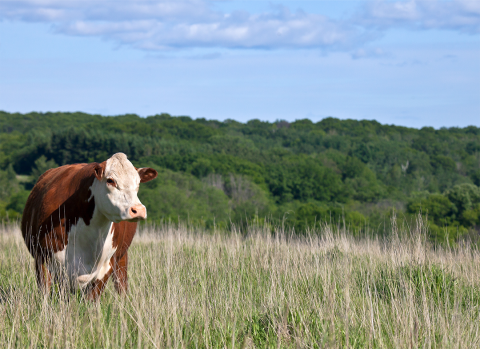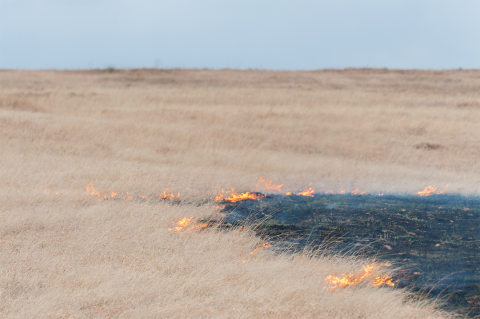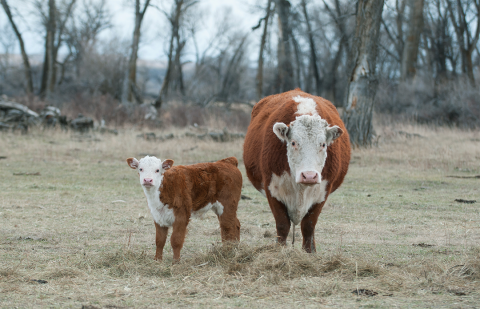Pasture and Forage Minute: Fertilizing Cool-season Pasture, Army Cutworm Control
April 29, 2024
Extension educators review timelines for turnout to summer pastures, calculating returns on fertilizing cool-season pastures, and tips for scouting army cutworm in alfalfa fields.
Pasture and Forage Minute: Early Season Irrigation, Controlling Alfalfa Weevil
April 23, 2024
This week, extension educators discuss strategies for early season irrigation of alfalfa to lower seasonal water use, controlling alfalfa weevil and flash grazing in spring to mitigate early pasture weeds.
Pasture and Forage Minute: Annual Forage Webinar Series, Improving Alfalfa Stands
April 17, 2024
Extension educators introduce a new webinar series for producers interested in adding an annual forage rotation to their operation, plus insights on grazing spring cereal grains and options for thin alfalfa stands.
Pasture and Forage Minute: Double Cropping Forages, Wheat Grazing vs. Grain Value
April 3, 2024
Insights on double cropping annual forages in irrigated cropland, avoiding grass tetany, and making the decision to use wheat as forage or grain this year.
Pasture and Forage Minute: Grazing Management Following Wildfire, Spring Planted Alfalfa
March 7, 2024
Grazing management recommendations for producers affected by wildfire in central Nebraska in late February, and considerations for establishing new alfalfa stands this spring.
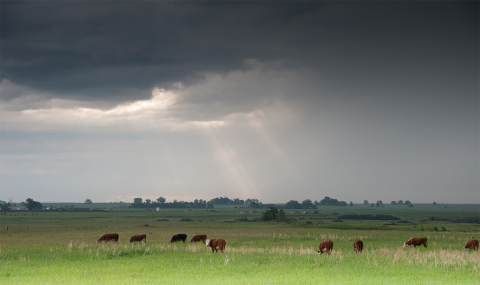
Pasture and Forage Minute: Understanding Fall Dormancy in Alfalfa, Planning Summer Grazing
February 27, 2024
Extension educators share growth impacts of fall dormancy in alfalfa and recommendations for building your spring and summer grazing and forage plans.
Pasture and Forage Minute: Considerations for Feed After Calving, Adding Legumes to Pastures
February 12, 2024
Tips on meeting nutrient requirements of cows after calving season and improving pasture production by frost seeding or interseeding legumes.
Pasture and Forage Minute: Considerations for Pasture Leases and Winter Hay Nutrition
January 30, 2024
Extension educators review factors that affect the success of pasture grazing leases, and how to avoid toxicity and malnutrition through livestock feed during the winter.
